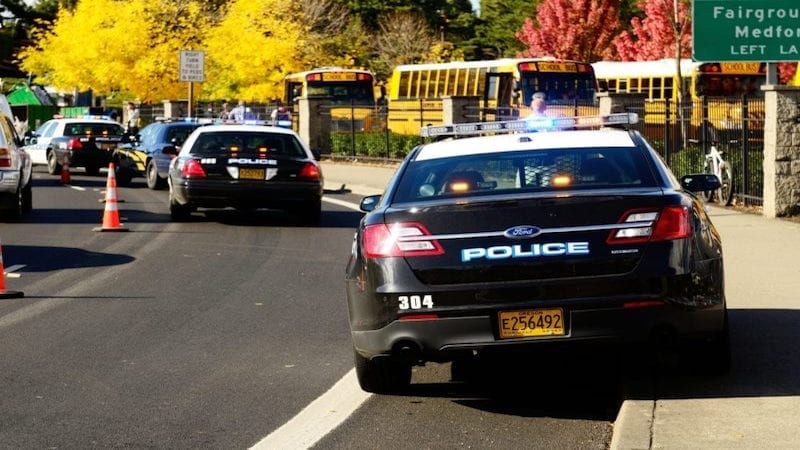Introduction
Solution-focused brief therapy (SFBT) is an innovative and time-effective therapeutic approach that focuses on creating solutions rather than delving into the cause of problems. Aimed at empowering individuals to identify and overcome their emotional challenges, SFBT has gained significant popularity in recent years, especially in educational settings. This article will delve into how SFBT can help students solve their own emotional problems and promote a constructive learning environment.
Understanding Solution-Focused Brief Therapy
SFBT is a goal-oriented therapeutic technique grounded in the belief that every individual already possesses the necessary skills and resources to address their problems effectively. The primary focus of SFBT is to emphasize the development of practical solutions by identifying one’s existing strengths, skills, and resources. In contrast to traditional therapeutic methods that may dissect the root cause of an issue, SFBT celebrates even small-scale progress towards the desired outcome.
Applying SFBT in Educational Settings
SFBT has demonstrated promising results when applied in educational settings, as it empowers students to overcome emotional challenges and thrive academically. Here are some ways in which SFBT can be introduced within a school setting:
1. Inclusion During Counseling Sessions: Educators and school counselors can employ SFBT techniques during individual or group counseling sessions with students. By focusing on strengths and possible solutions, students will feel better equipped to manage academic or personal situations.
2. Classroom Implementation: Teachers can integrate SFBT strategies into their teaching practices by encouraging students to identify and build upon their own problem-solving capabilities. For example, when addressing a behavioral issue or academic struggle, teachers can ask solution-focused questions that emphasize the student’s existing strengths and available resources.
3. Peer Support Initiatives: Peer-to-peer support programs are an excellent way to bring SFBT principles into practical application between students. Through such initiatives, students can learn to utilize solution-focused language and strategies to help their peers find constructive solutions.
4. Professional Development: Regular professional development workshops can help educators and other school staff gain a better understanding of SFBT’s principles and techniques, thereby enabling them to support students more effectively.
Benefits of SFBT in Schools
Utilizing SFBT in schools provides numerous benefits for students’ emotional well-being and academic success:
1. Time Efficiency: As a brief therapy model, SFBT allows students to resolve issues within a shorter time frame, which is particularly valuable in addressing everyday academic or social challenges.
2. Empowerment: Fostering self-reliance and promoting resilience, SFBT empowers students to take control of their own emotional well-being and develop problem-solving skills.
3. Solution-Centric Approach: By concentrating on practical solutions rather than the source of the problem, SFBT helps students feel more optimistic about their ability to overcome challenges.
4. Enhanced Academic Performance: By encouraging constructive habits and developing a growth mindset, SFBT can have a positive influence on students’ academic performance.
Conclusion
Solution-focused brief therapy offers an effective way of helping students solve their emotional problems in a positive and empowering manner. By embracing SFBT principles within educational settings, schools can cultivate environments where students not only learn essential problem-solving skills but also become more resilient individuals.











